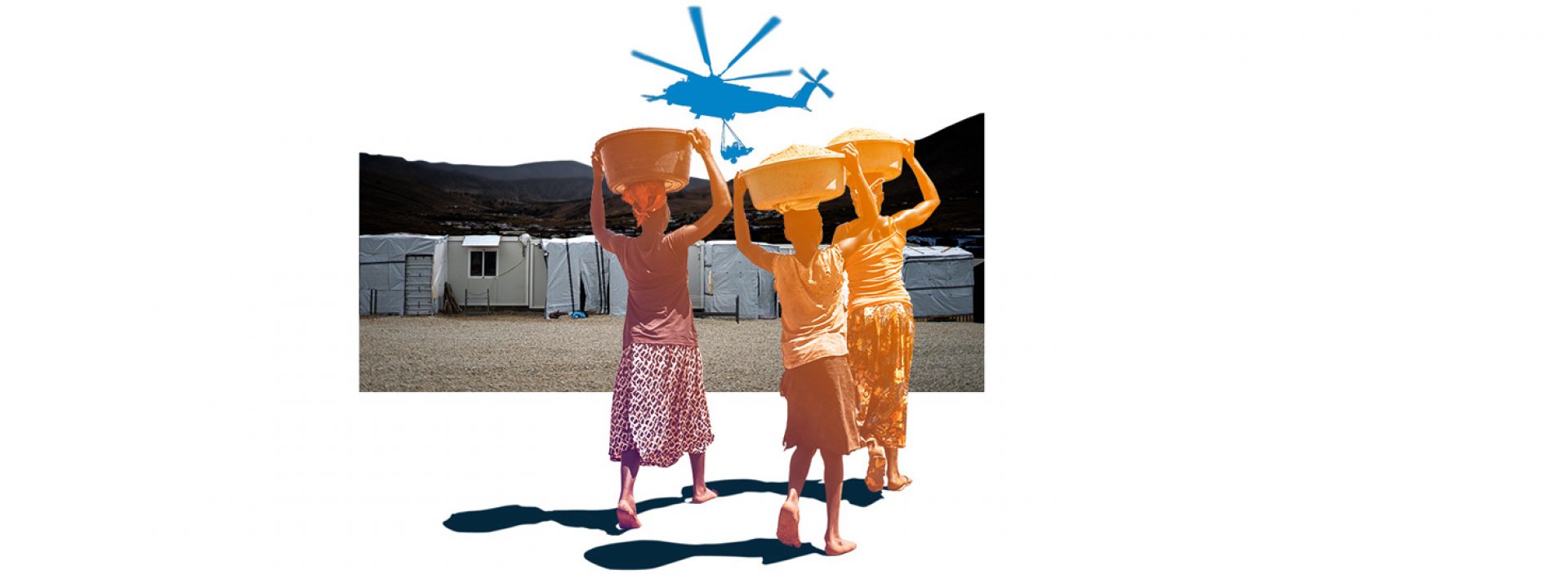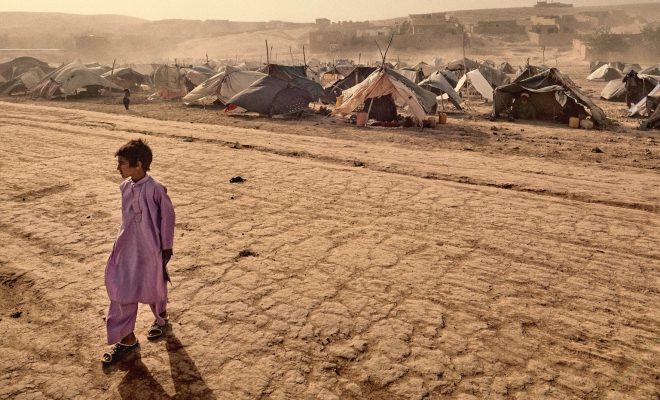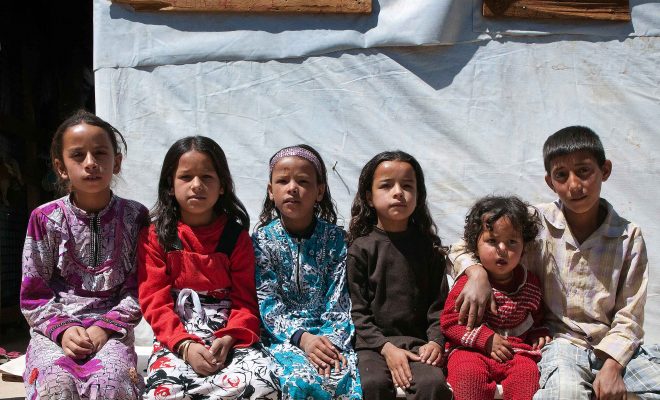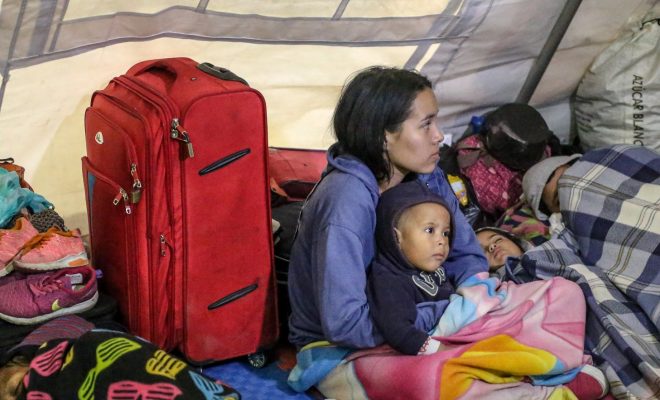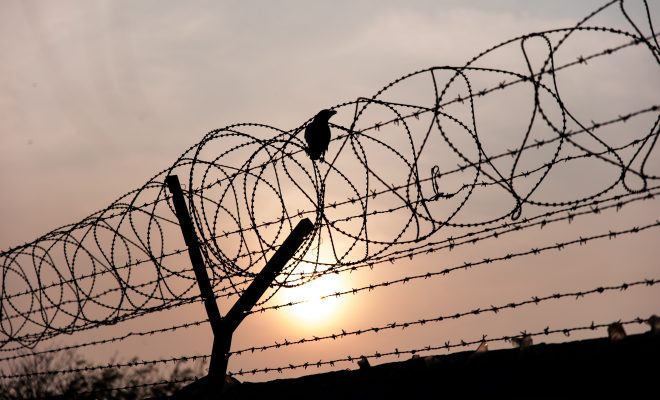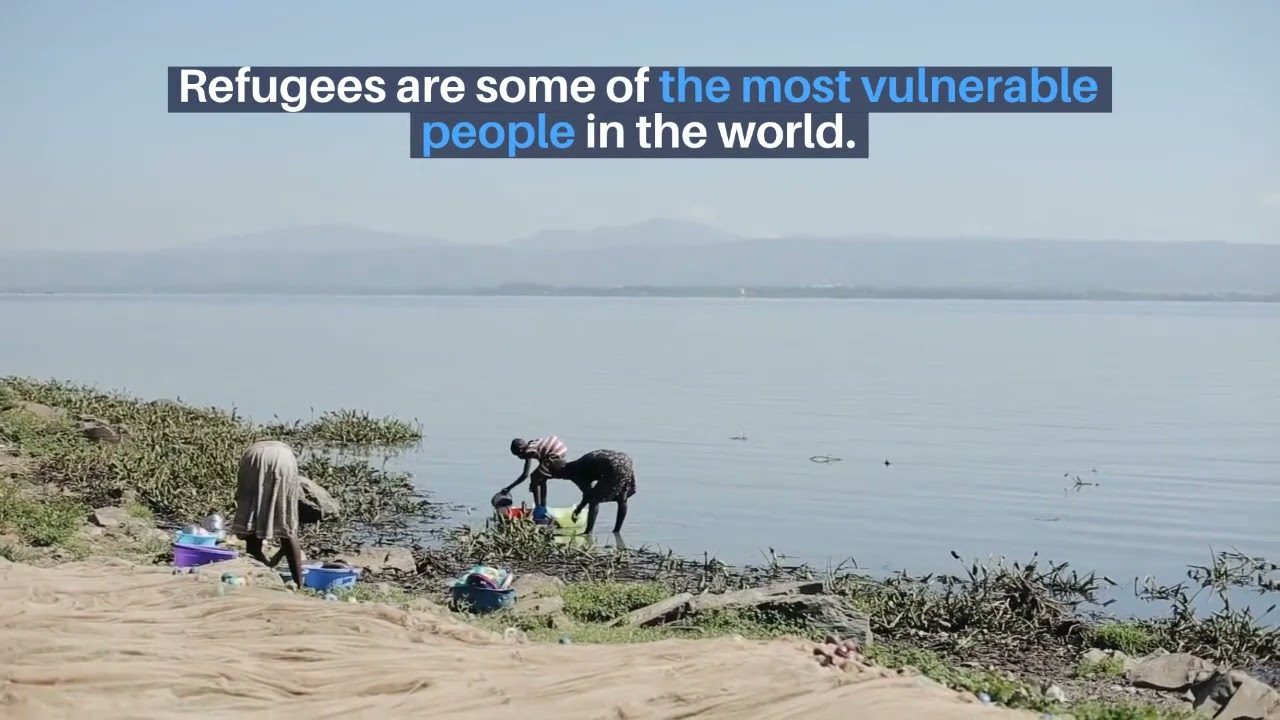
The 14,549 inhabitants of the Nyabiheke refugee camp are Congolese who have crossed the border to escape the violence of armed militias operating in the east. Among the half a million displaced people in Rwanda, 175,000 are Congolese distributed in five camps throughout the country.
Refugee camps worldwide usually lack adequate access to water and sanitation to survive in health and dignity. In Rwanda, the sanitation and hygiene facilities are ancient and do not offer minimum privacy and safety, especially for women and girls. Families share latrines built when the camp was created in 2005.
We have started an aid project with World Vision in the Nyabiheke refugee camp in Rwanda. It is urgent to improve access to adequate sanitation and hygiene facilities to allow the population to have access to health and dignity.
It is also necessary to build garbage collection points to ensure that solid waste is not scattered around the camp, mainly used and discarded masks, to avoid the spread of Covid-19 and other debris that must be managed to prevent the spread of diseases and protect the environment.
The story of Nyabiheke is dramatically repeated in refugee camps worldwide. It brings us back to the dramatic situation of those who flee violence and have lost their homes, jobs, and many loved ones.
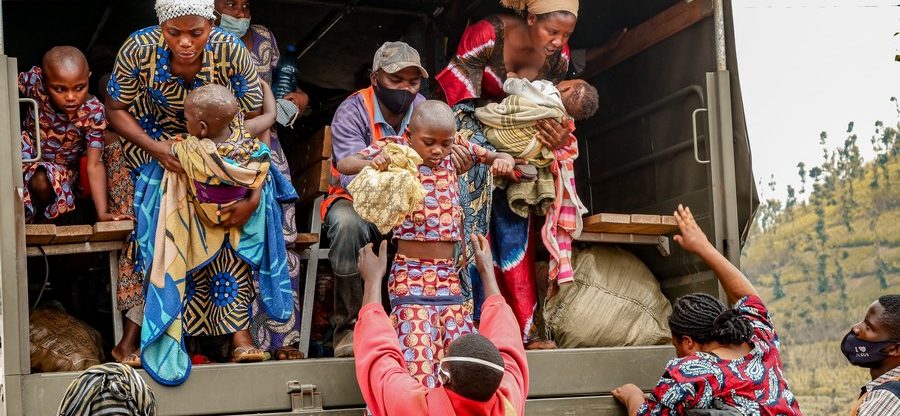
The story of Nyabiheke is dramatically repeated in refugee camps worldwide. ©World Vision
In the wake of the coltan war violence
Compounding the refugee situation in Rwanda is the neglect of the terrible violence that has plagued the eastern Congolese region for decades.
A 26-year old conflict is present in this area, and the UN observers consider it a consequence of the 1990-1994 Rwandan civil war, a confrontation that culminated in the notorious genocide of more than 800,000 Tutsis and moderate Hutus, who were killed by extremist Hutus. At the end of the civil war in 1996, the Rwandan army invaded the eastern Democratic Republic of Congo —called Zaire at the time— to overthrow dictator Mobutu Sese Seko and defend the Tutsi minority from slaughter.
The conflict escalated into what became known as the African World War, involving Libya, Sudan, Chad, Burundi, Angola, Zimbabwe, and Namibia, countries fighting over mining concessions for coltan, a precious mineral for the emerging electronics industry, which is why it was also known as the coltan war. It was the deadliest conflict since World War II, killing an estimated 5.4 million people, most of them from starvation and infectious diseases caused mainly by drinking unsuitable surface water and displacing millions of people and refugees.
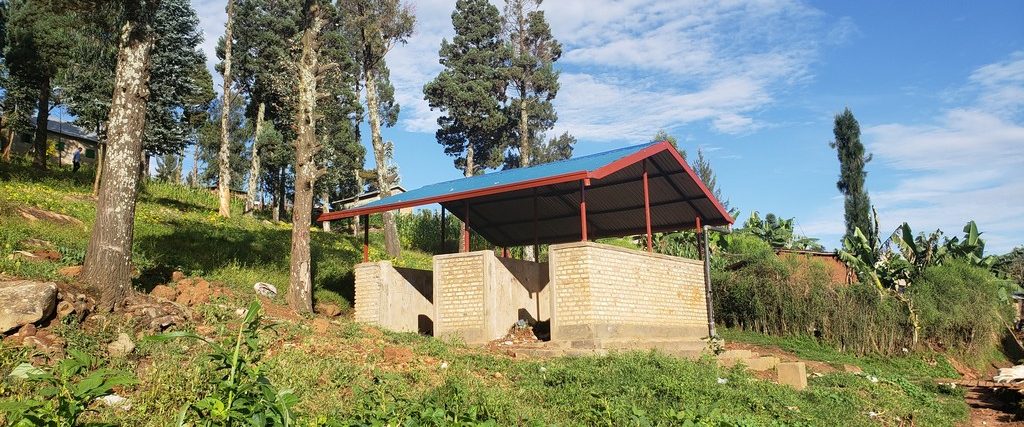
In the Nyabiheke refugee camp it is urgent to improve access to adequate sanitation and hygiene facilities to allow the population to have access to health and dignity. Project of We Are Water Foundation with World Vision. © World Vision
A silent war
Although this war officially ended in 2002, its aftermath remains. Rival groups formed throughout the conflict and fueled by historic ethnic hatred, still linked to coltan mining and natural resource trade or plunder, have not disappeared and continue ravaging the territory.
In 2018, the Democratic Republic of Congo was the second country after Ethiopia with the highest number of displaced people, 1.8 million, even more than Syria, whose migrants made the headlines on international media when trying to reach Europe. Congolese displaced people reached a peak in 2019, with 1.7 million in the first six months of the year, according to the Migration Data Portal of the Global Migration Data Analysis Centre (GMDAC). Violence has continued to this day, but the fighting and killings are not reported in the media because it is not an open war. Many international observers and NGOs have denounced this silent war that profoundly wounds the heart of Africa and prevents humanitarian actions, such as the fight against AIDS, Ebola, and now Covid-19.
Water, sanitation, and hygiene, what is always lacking
The drama of forced migration is added to the urgent need for drinking water and sanitation in reception centers and camps. Ten years ago, one of our first projects was the water supply and building of infrastructures and training of hygiene promoters in the refugee camps in eastern Chad. We also worked to raise public awareness of the conflict in Darfur, which had caused the displacement, then on the way to international oblivion.
Wars cause unpredictable and uncontrolled migratory movements. The war in Syria caused a flood of displaced people in Lebanon. Our project in the Bekaa Valley highlighted the importance of planning for the reception of refugees —Syrian children in that case— in a region where hydric stress is endemic. Doing so in a consistent way with the existing water and sanitation infrastructures and cultural mix, especially in schools, is a challenge to be taken on by promoting a participatory spirit and by working closely with state and local administrations and communities.
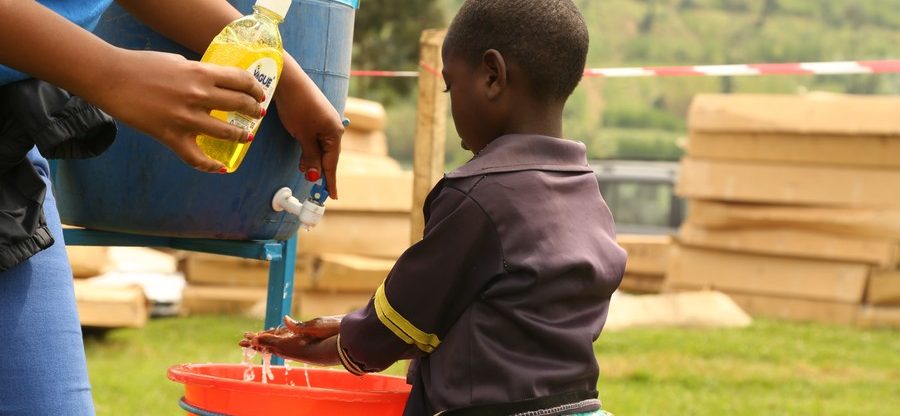
The drama of forced migration is added to the urgent need for drinking water and sanitation in reception centers and camps. © World Vision
The Covid-19 pandemic hit cross-border migrants hard, many of whom were trapped in refugee camps and slums without water and sanitation for basic hygiene. In Mexico, Mali, and Brazil, we are helping to provide them with water and hygiene. In these often neglected regions, thousands of migrants and their host communities face uncertain regulations, overwhelmed by the lack of adequate facilities and restricted access to public services for health, clean water, and sanitation.
A never-ending international drama
According to the GMDAC, by mid-2020, there were more than 280 million migrants in the world, 3.65% of the planet’s population. Of these, 80 million were forcibly displaced people, and more than 25 million were classified by UNHCR as refugees, most of them resulting from violence in their countries of origin. Forced migration is a never-ending pandemic and a severe threat to the attainment of SDG 16: just, peaceful, and inclusive societies. The drama of the refugee camps shows us that many other SDGs will not be attained if peace is not achieved.
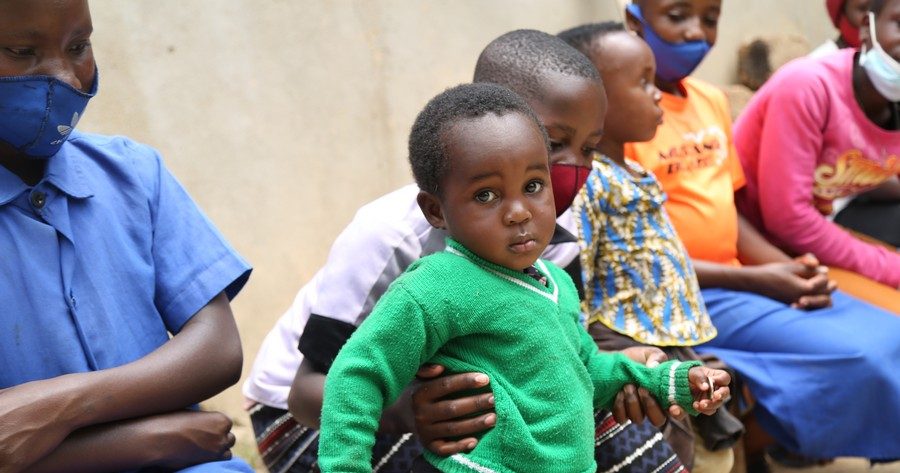
Compounding the refugee situation in Rwanda is the neglect of the terrible violence that has plagued the eastern Congolese region for decades. © World Vision


